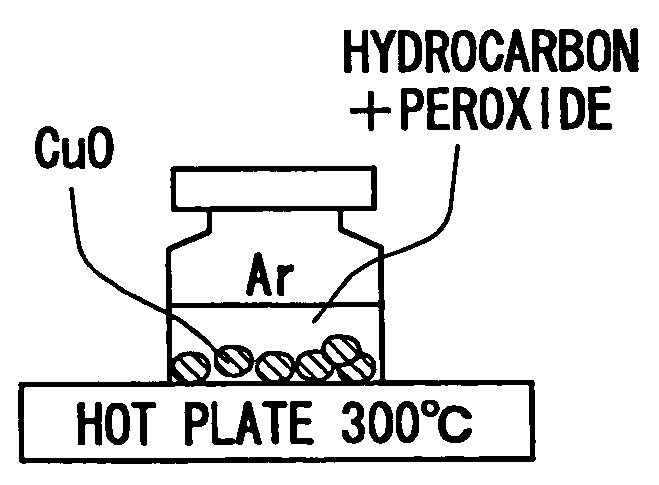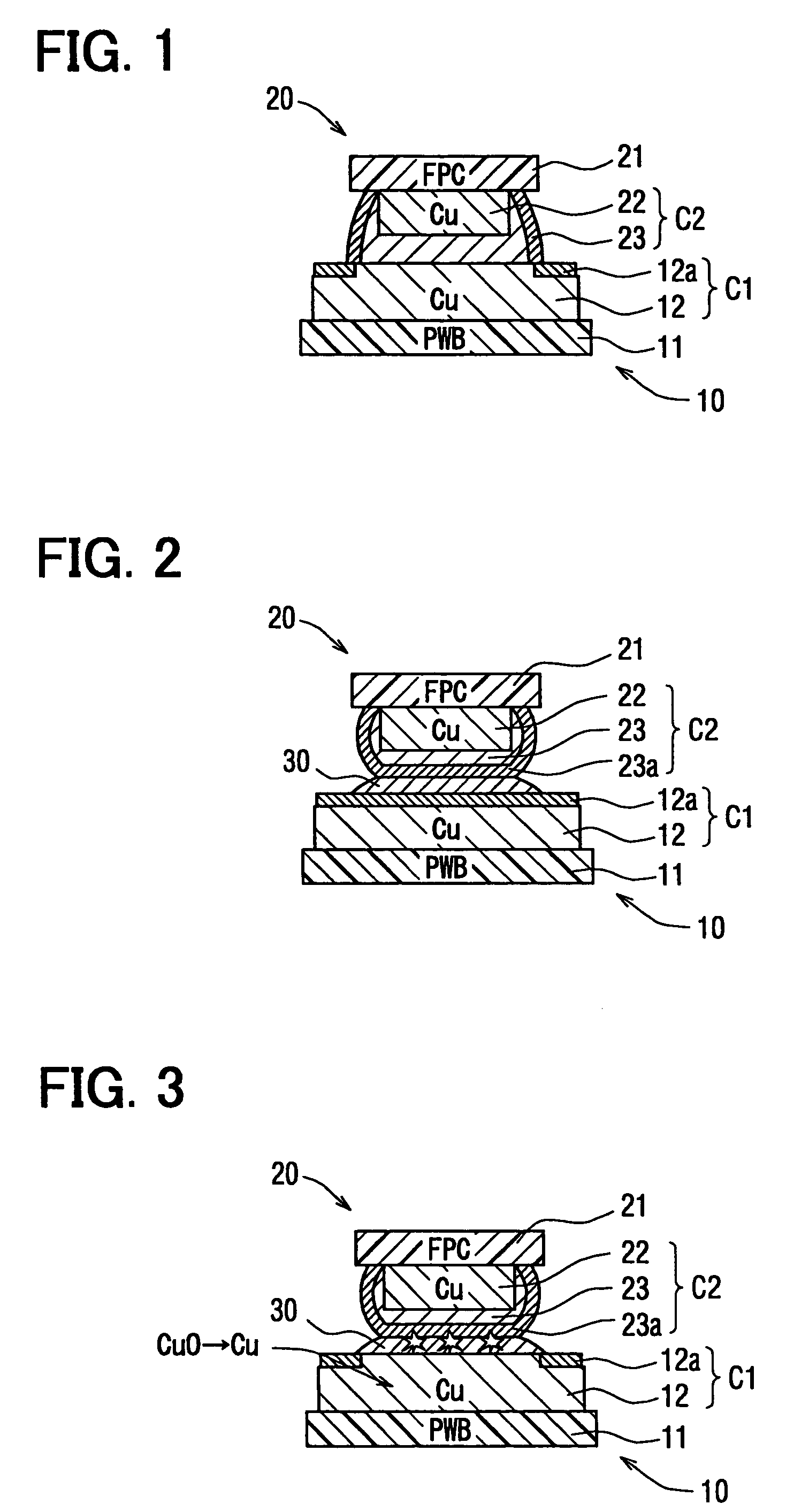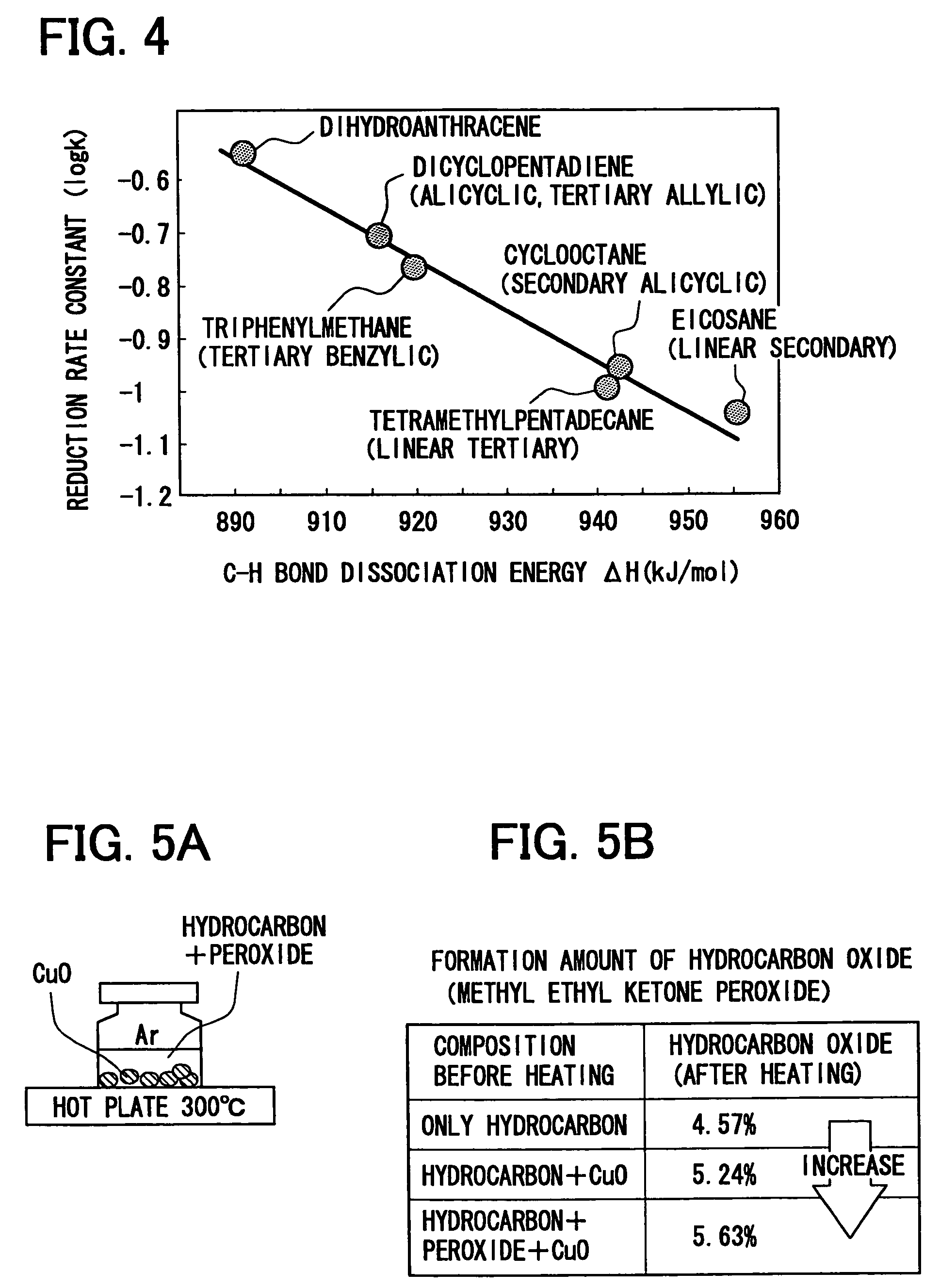Metal bonding method
a metal bonding and metal technology, applied in the direction of non-electric welding apparatus, manufacturing tools, solventing apparatus, etc., can solve the problem of failure to achieve satisfactory bonding strength, and achieve the effect of increasing the bonding area ratio
- Summary
- Abstract
- Description
- Claims
- Application Information
AI Technical Summary
Benefits of technology
Problems solved by technology
Method used
Image
Examples
Embodiment Construction
[0027]In this embodiment, a metal bonding method is typically used for a bonding between a metal electrode serving as a connector on a circuit substrate made of an insulating board material such as epoxy resin having glass fibers mixed therein, and a metal electrode on another circuit substrate, a joining terminal of a connector, or a joining terminal of an electronic part. In this embodiment, a bonding example of metal electrodes of two circuit substrates will be described.
[0028]FIG. 1 illustrates a state in which a second circuit substrate 20 is mounted over a first circuit substrate 10 and their wirings are mutually connected, that is, a state after metal electrodes of these substrates 10 and 20 are bonded. In this embodiment, a printed wiring board (PWB) is used as the first circuit substrate 10. In this circuit substrate 10, a connector C1 of a metal wiring is formed on the surface of an insulating board 11 and this connector C1 is constituted of a metal electrode 12 made of co...
PUM
| Property | Measurement | Unit |
|---|---|---|
| bond dissociation energy | aaaaa | aaaaa |
| temperature | aaaaa | aaaaa |
| bond dissociation energy | aaaaa | aaaaa |
Abstract
Description
Claims
Application Information
 Login to View More
Login to View More - R&D
- Intellectual Property
- Life Sciences
- Materials
- Tech Scout
- Unparalleled Data Quality
- Higher Quality Content
- 60% Fewer Hallucinations
Browse by: Latest US Patents, China's latest patents, Technical Efficacy Thesaurus, Application Domain, Technology Topic, Popular Technical Reports.
© 2025 PatSnap. All rights reserved.Legal|Privacy policy|Modern Slavery Act Transparency Statement|Sitemap|About US| Contact US: help@patsnap.com



